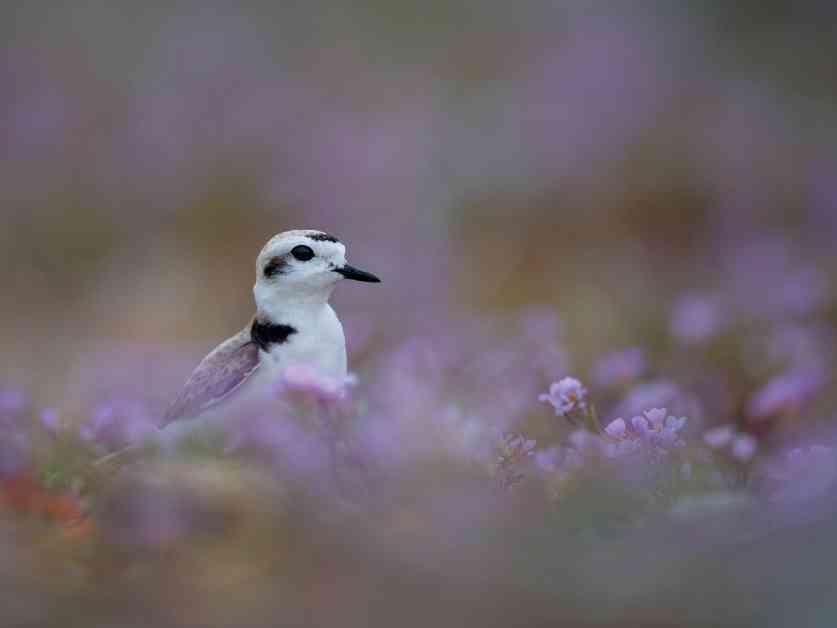The western snowy plovers, camouflaged by the sand to hide from predators, are facing threats to their breeding habitats. Conservationists are working hard to protect these shorebirds and boost their breeding efforts.
Andrea Jones, the director of bird conservation at Audubon California, recalls her first encounter with the western snowy plovers on a Central California beach in 2007. These muffin-sized shorebirds blend in perfectly with the dunes and beaches along the Pacific Coast, making them difficult to spot until they move. However, their preference for beachfront areas with few plants has led to habitat destruction due to invasive species like European beach grass and expanding development.
The coastal population of western snowy plovers in the U.S. declined significantly in the 1980s, leading to their listing as a threatened species under the Endangered Species Act in 1993. Various threats, including climate change-driven sea-level rise, have put these birds at risk. To help the population recover, scientists, land managers, and volunteers from over 25 organizations have been working tirelessly to increase the number of breeding adults. The goal is to reach 3,000 breeding adults for a decade to potentially upgrade their status from threatened.
Matt Lau, a biologist at Point Reyes National Seashore, is actively involved in the recovery efforts for snowy plovers. During the breeding season, he searches for nests and protects them from predators like ravens by using wire cages and setting up perimeters. Lau also bands newly hatched chicks to track their movements and ensures that invasive plants are removed to restore the dunes for breeding.
The recovery efforts for the western snowy plovers are crucial to their survival, and it requires a collective effort from various organizations and individuals. Despite the challenges they face, conservationists are determined to protect these shorebirds and restore their habitats to secure a stable population for the future. By working together, we can ensure that the western snowy plovers continue to thrive along the Pacific Coast.






